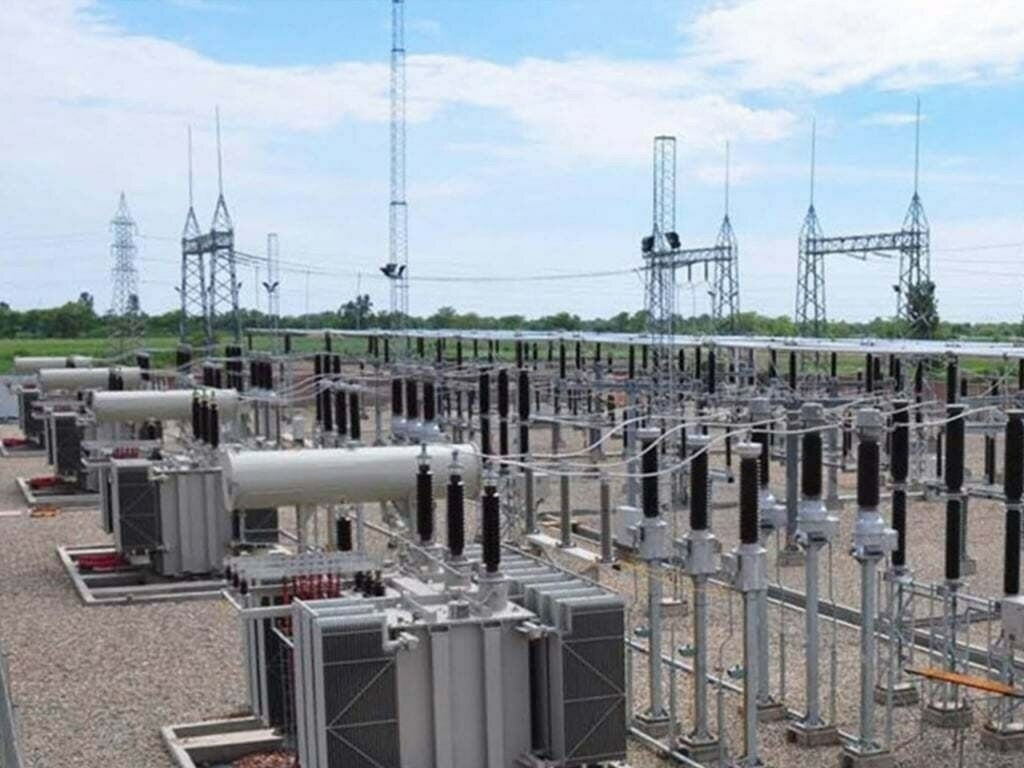By the end of September, the federal government will resume efforts to collect overdue student loan payments after a prolonged suspension. Nearly 6 million borrowers—comparable to the population of Colorado—will face severe financial penalties due to their default status, and will encounter a challenging path to managing their unpaid debts.
Data reveals that borrowers in default face distinct hardships compared to their non-defaulting counterparts. They are more likely to have household incomes below $25,000, experience fluctuating wages and unstable employment, lack a postsecondary degree despite incurring debt for it, and are generally between 45 and 59 years old.

The federal government will resume collecting overdue student loan payments in September, impacting nearly 6 million borrowers in default
The primary reasons for default include prioritizing other pressing debts, feeling overwhelmed, and struggling with unmanageable loan payments. The ideal of higher education has often proven out of reach for these individuals, leading to a vicious cycle of debt and low earnings.
Given these financial pressures, it’s understandable why borrowers struggle with repayment. Consider the dilemma: choosing between paying for housing or settling a student loan. Which would you prioritize?
Although the Department of Education has introduced reforms to offer more affordable repayment options, the collection system resuming in October will largely mirror the pre-pause approach. The government plans to implement rigorous measures to recover defaulted loans, such as garnishing wages, seizing tax refunds and Social Security benefits, restricting access to federal aid, and imposing additional fees on top of existing debt.
These penalties often exceed what borrowers might pay under income-driven repayment plans, which adjust payments based on income and family size but become inaccessible once a loan is in default. Borrowers typically have two primary methods to address default: rehabilitation, which involves making nine timely payments within 10 months, or consolidation, which combines existing loans into a new one.
Each option can only be utilized once and involves a complicated, lengthy process. Many borrowers might end up re-defaulting before fully resolving their status, perpetuating their default situation until the debt is completely repaid. This ineffective system can hinder even the most determined borrowers from effectively managing their loans.























